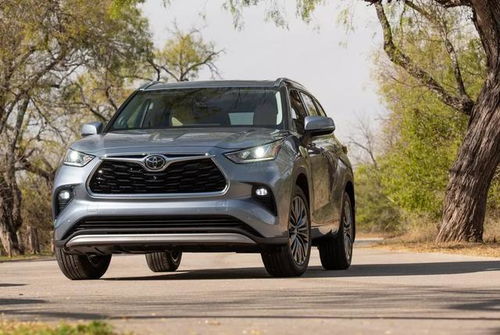In today's automotive landscape, the distinction between SUV (Sport Utility Vehicle) and regular cars can often seem like a matter of style or practicality rather than fundamental differences in size. However, when it comes to dimensions, there is indeed a clear difference that makes SUVs stand out.
To understand how much higher an SUV typically is compared to a standard car, let's first consider some key measurements:
Height: The average height of an SUV is around 4 feet 9 inches (1.45 meters). A typical passenger sedan might be only 4 feet 7 inches (1.4 meters).
Length: An SUV generally extends longer than a compact car, averaging about 18 feet (5.49 meters). A typical small hatchback measures around 16 feet (4.88 meters).

Width: Both vehicles have similar widths, ranging from 72 to 74 inches (1.83 to 1.88 meters).
So, what does this mean practically? When comparing these measurements side by side:
The additional height and length of an SUV offer several advantages and disadvantages:
Advantages:
Disadvantages:
While the height difference between an SUV and a standard car might not seem substantial upon initial glance, it has significant implications in terms of both practical functionality and overall appeal. For those looking for spacious interiors, improved off-road capabilities, or enhanced visibility, an SUV offers distinct benefits over a traditional car. On the other hand, enthusiasts who prioritize fuel efficiency, agile maneuverability, and precise steering may find the characteristics of a compact sedan to be superior for their needs.
Ultimately, whether an SUV is the right choice depends on individual preferences, lifestyle requirements, and specific use cases. Whether you prefer the versatility and utility of an SUV or the sleek aesthetics and efficiency of a sedan, understanding these basic dimensions helps you make an informed decision based on your priorities.